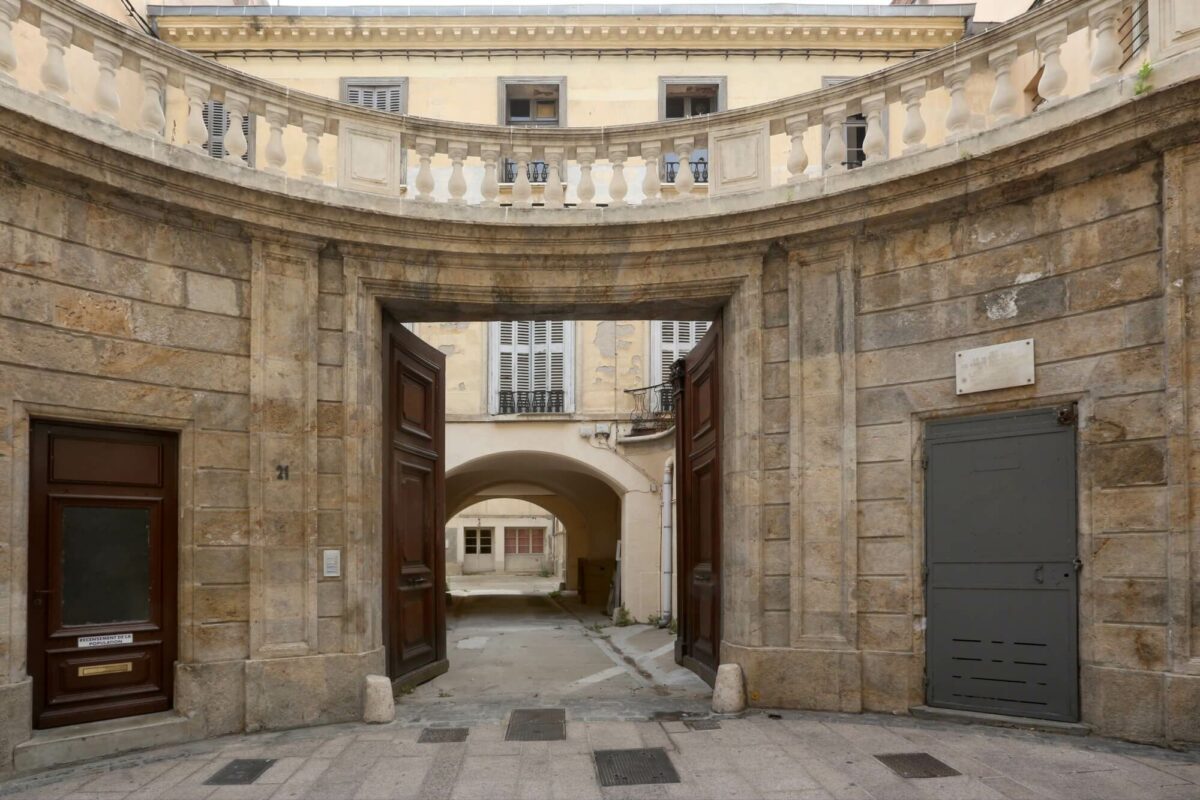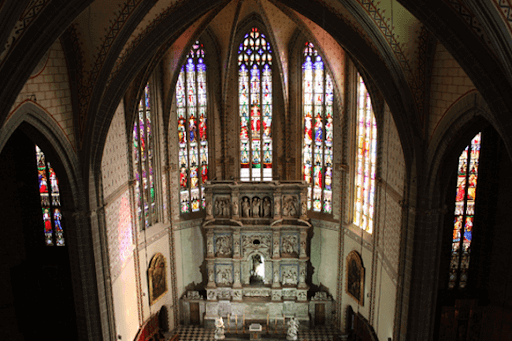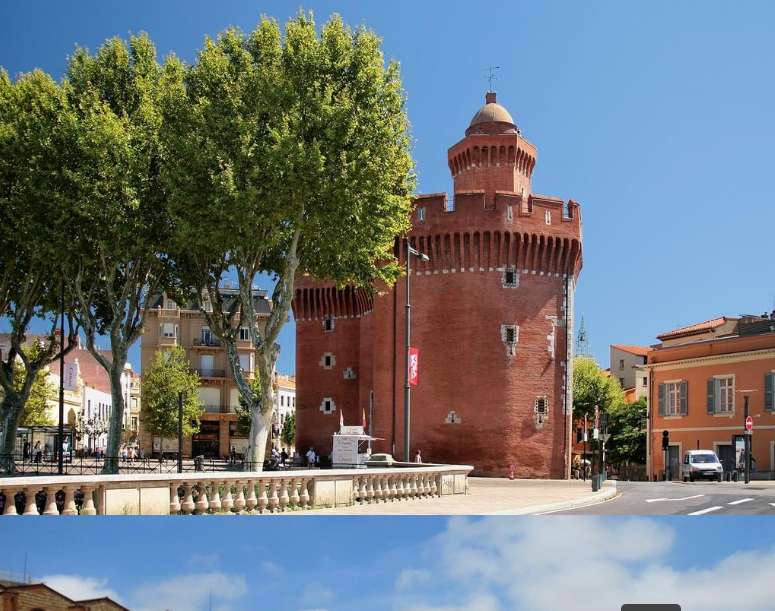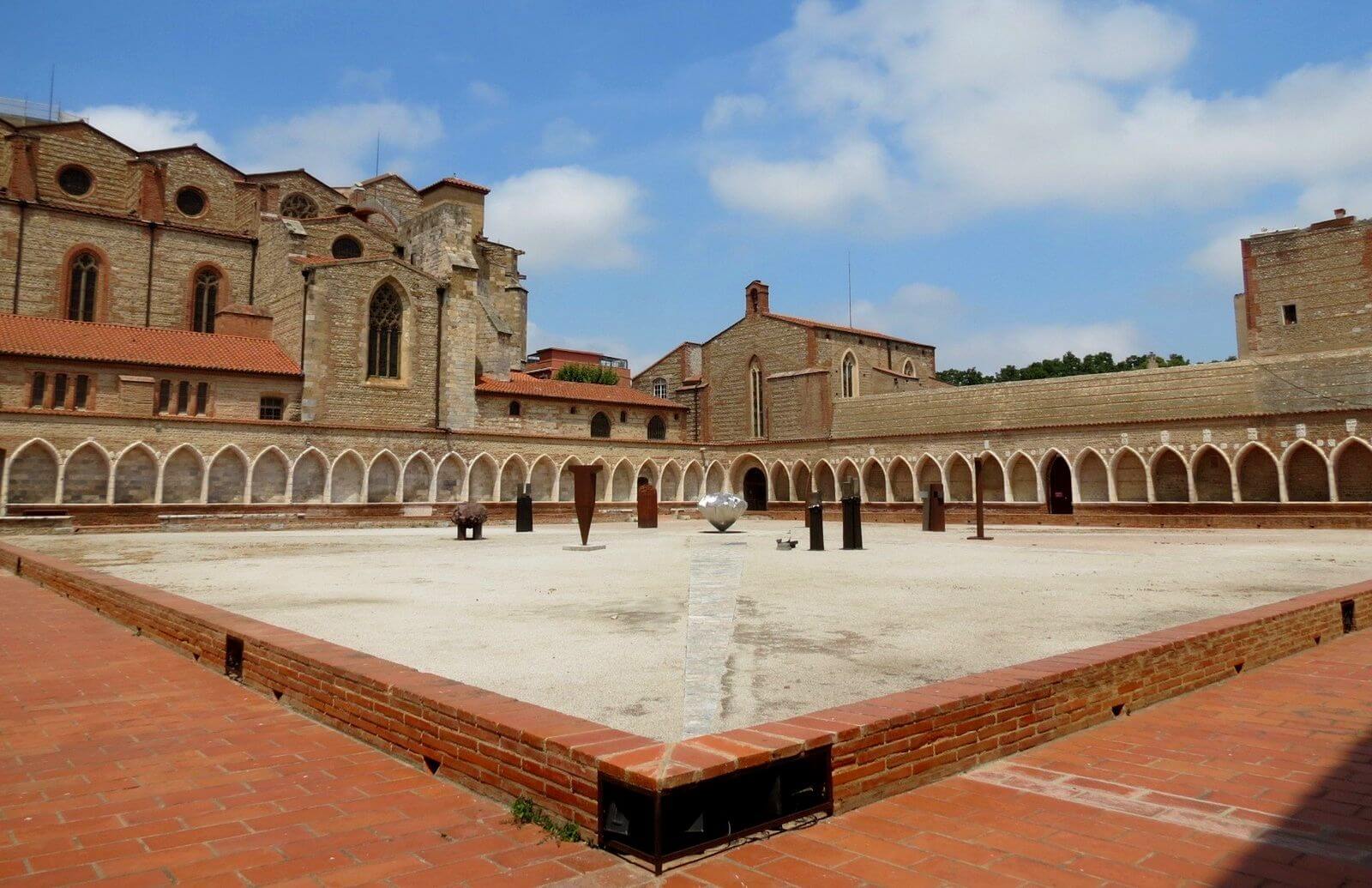TO DISCOVER AROUND THE HOTEL
PALACE OF THE KINGS OF MALLORCA
One of the most remarkable examples of medieval civil and military architecture in the South of France.
It was built in 1276 to house the court of James II of Majorca and bears witness to the golden age of Perpignan, then capital of Majorca.
HYACINTHE RIGAUD ART MUSEUM
After its renovation and expansion in 2017, the collections present a panorama of the history of Perpignan from the 15th to the 20th century.
The works of Hyacinthe Rigaud mark the Baroque period while the modern era revolves around the works of Aristide Maillol.
In the museum you can also find the works of Pablo Picasso, Raoul Dufy, Jean Lurçat...and many other artists that can be found throughout the rooms. Located rue Mailly, don't miss this pretty museum!
SAINT JOHN BAPTIST CATHEDRAL
First built on the plan of a church in 1324, it was not erected as a cathedral until 1601.
Located on Place Gambetta, it is worth a look!
LE CASTILLET
This building, which was first the city gate, then a prison, was built at the end of the 14th century for its main part.
Louis XI added the current Notre-Dame gate during the French occupation. It houses the Museum of the History of Northern Catalonia.
Access to the summit possible to overlook the historic center.There are 142 steps to climb for the visit.
CAMPO SANTO
In the shadow of the Saint John the Baptist Cathedral is the Saint John cloister-cemetery, or Campo Santo.
Its construction began at the beginning of the 14th century, it consisted of four galleries covered with a wooden lean-to supported by columns with sculpted capitals. Today we can admire the succession of Gothic porticos in white marble which adorn the perimeter. FREE ENTRANCE.
At the back of the cloister is the funerary chapel lit by the very colorful contemporary stained glass windows of Shirley Jaffe, thus combining contemporary art and medieval architecture.







